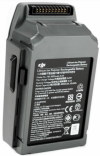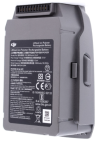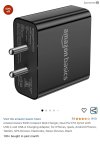I'm actually a bit curious if I'm reading too much into too little swelling... did I make a mistake and mark perfectly healthy battries as bulging?
Swelling is the only visible sign of a worn battery... so if you see it, they aren't "as healthy" as they were when not puffed up (& you check for swelling with hot batteries, not cold).
Swelling in it self is just a consequence coming from the electrolyte decomposition, which create gasses... hand in hand with this comes a loss of capacity & usually also a increasing internal resistance.
The severity of these battery wear components depends... swelling can be a high risk if the swelling very soon starts to push the battery out of the drone, creating a abrupt power loss mid flight. High internal resistance means that the battery can't provide the same fast amp draw as when new... in a camera drone application perhaps doesn't mean much, but certainly means a lot if using the battery in a racing drone application, the battery will feel weak & power less. Whats more severe regarding internal resistance is that it generate heat, which in turn speed up the electrolyte decomposition... which generate more gasses & more swelling. The least severe wear is the loss of capacity... it will only mean shorter flight time.
For instance regarding room to swell...
This is a battery for a Mavic Pro 1... as seen, the battery have some room to swell before the bottom of the battery start to press on the drone. Dislodged battery incidents due to swelling is very rare here.

Here you have a battery for a
Mavic 2 Pro... the battery isn't recessed into the outer shell anymore, the slightest swelling risk to pop the battery out of the drone. Dislodged battery incidents for
Mavic 2 Pro's & Zooms are common.

This is from a
Mavic 2 Pro...
You don't want this to happen airborne... it's up to you how big risk you're prepared to take, just bear in mind... you can't limp back home with a dislodged battery or a broken prop, these are the 2 most important parts on your drone if you want it to remain flying.


















